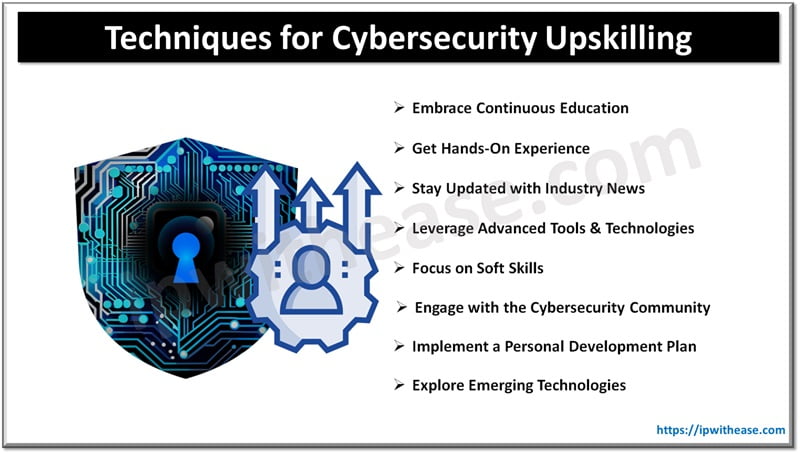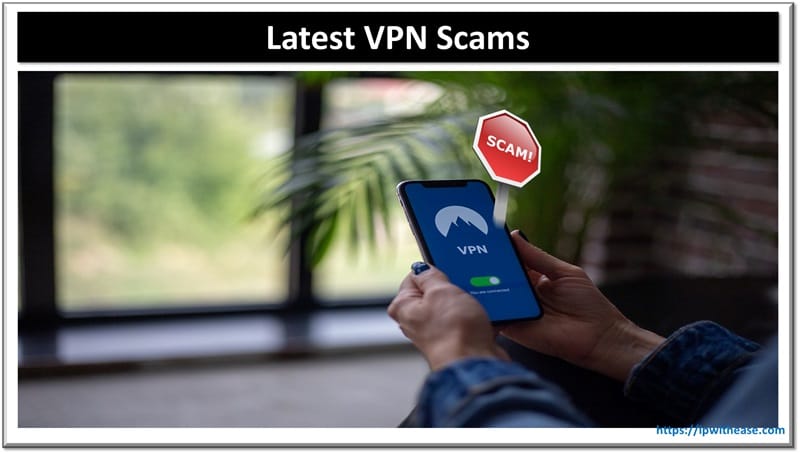Table of Contents
In today’s fast-paced digital world, cybersecurity is more important than ever. As technology evolves, so do the threats that target it. For professionals in the field, staying ahead requires constant learning and adaptation. This article will explore advanced techniques for upskilling in cybersecurity, offering practical advice to help you stay sharp and effective in protecting digital assets.
Understanding the Cybersecurity Landscape
Cybersecurity involves defending computer systems and networks from various types of attacks. These attacks can come from hackers, malicious software, or even insiders with ill intentions. To effectively combat these threats, cybersecurity professionals need to have a deep understanding of both the technology they are protecting and the methods used by attackers.
The digital realm is vast, and the threats are constantly evolving. This makes continuous learning crucial. Mastering advanced techniques in cybersecurity ensures you are not just reacting to threats but proactively defending against them.

1. Embrace Continuous Education
Cybersecurity is a dynamic field with new developments happening regularly. To stay ahead, consider these approaches:
a. Online Courses and Certifications
There are many online platforms offering courses and certifications in cybersecurity. These can range from basic introductions to advanced topics. Some well-regarded certifications include:
- Certified Information Systems Security Professional (CISSP)
- Certified Ethical Hacker (CEH)
- CompTIA Security+
These certifications are valuable as they provide structured learning and are recognized in the industry.
b. Webinars and Workshops
Participating in webinars and workshops can provide insights into the latest trends and techniques. Many organizations and experts offer sessions that cover emerging threats, new tools, and best practices.
2. Get Hands-On Experience
Practical experience is crucial for mastering cybersecurity techniques. Here’s how you can gain it:
a. Set Up a Home Lab
Creating a home lab allows you to experiment with different tools and techniques in a controlled environment. You can set up virtual machines to simulate attacks and practice defending against them. This hands-on experience helps solidify your understanding and build practical skills.
b. Participate in Capture the Flag (CTF) Competitions
CTF competitions are events where you solve cybersecurity challenges to capture virtual flags. These challenges cover a range of topics, from cryptography to web security. Participating in CTFs can sharpen your skills and provide real-world problem-solving experience.
3. Stay Updated with Industry News
The cybersecurity field is always changing. Staying informed about the latest threats, vulnerabilities, and technological advancements is essential. To systematically elevate your expertise, actively participating in structured cybersecurity upskilling can keep you abreast of the latest security methodologies and defensive tactics. Here’s how to keep up:
a. Follow Security Blogs and Forums
Security blogs and forums are great resources for the latest news and insights. Some well-known blogs include:
- Krebs on Security
- The Hacker News
- Dark Reading
Forums like Reddit’s r/netsec and Stack Exchange’s Information Security site can also provide valuable community insights and discussions.
b. Subscribe to Newsletters and Reports
Many organizations publish regular newsletters and reports on cybersecurity trends. Subscribing to these can help you stay informed about new developments and best practices.
4. Leverage Advanced Tools and Technologies
To stay at the cutting edge of cybersecurity, familiarize yourself with advanced tools and technologies:
a. Security Information and Event Management (SIEM) Systems
SIEM systems collect and analyze security data from across your organization’s network. They help detect and respond to threats in real-time. Learning how to use SIEM systems effectively can improve your ability to monitor and protect against attacks.
b. Threat Intelligence Platforms
Threat intelligence platforms provide information about current and emerging threats. They help you understand the tactics, techniques, and procedures used by attackers. Using these platforms can enhance your ability to anticipate and defend against potential threats.
Related: What Is Threat Hunting?
5. Focus on Soft Skills
While technical skills are crucial, soft skills also play an important role in cybersecurity:
a. Communication
Effective communication is key in cybersecurity. You need to be able to explain complex technical issues to non-technical stakeholders and collaborate with other team members. Improving your communication skills can enhance your ability to work within a team and advocate for necessary security measures.
b. Problem-Solving
Cybersecurity often involves solving complex problems under pressure. Developing strong problem-solving skills can help you approach challenges methodically and find effective solutions.
6. Engage with the Cybersecurity Community
Networking with other cybersecurity professionals can provide support and insights. Here’s how to engage with the community:
a. Attend Conferences and Meetups
Cybersecurity conferences and meetups offer opportunities to learn from experts, network with peers, and explore new technologies. Events like DEF CON, Black Hat, and RSA Conference are well-known in the industry.
b. Join Professional Associations
Professional associations like (ISC)² and ISACA offer resources, networking opportunities, and professional development. Joining these associations can provide access to industry events, research, and a community of professionals.
7. Implement a Personal Development Plan
Creating a personal development plan can help you focus on your upskilling goals:
a. Set Clear Objectives
Define what you want to achieve in your cybersecurity career. Whether it’s mastering a specific tool, earning a new certification, or developing a new skill, setting clear objectives can help you stay focused and motivated.
b. Track Your Progress
Regularly review and assess your progress towards your objectives. Tracking your achievements and areas for improvement can help you stay on track and make necessary adjustments to your learning plan.
8. Explore Emerging Technologies
Keeping an eye on emerging technologies can provide insights into future trends and threats:
a. Artificial Intelligence and Machine Learning
AI and machine learning are becoming increasingly important in cybersecurity. They can help with threat detection, anomaly detection, and automation. Learning how these technologies work and their implications for cybersecurity can give you a competitive edge.
b. Blockchain
Blockchain technology has applications beyond cryptocurrencies. It can be used for secure data transactions and identity management. Understanding blockchain’s potential impact on cybersecurity can open new avenues for your skills and knowledge.
Conclusion
Mastering the digital realm of cybersecurity requires a commitment to continuous learning and adaptation. By embracing advanced techniques, gaining hands-on experience, staying updated with industry news, leveraging advanced tools, and focusing on both technical and soft skills, you can enhance your capabilities and stay ahead in the ever-evolving field of cybersecurity. Engaging with the community and exploring emerging technologies will further solidify your expertise and prepare you for future challenges. As you advance your skills, you’ll be better equipped to protect digital assets and contribute to the ongoing fight against cyber threats.
ABOUT THE AUTHOR
IPwithease is aimed at sharing knowledge across varied domains like Network, Security, Virtualization, Software, Wireless, etc.



